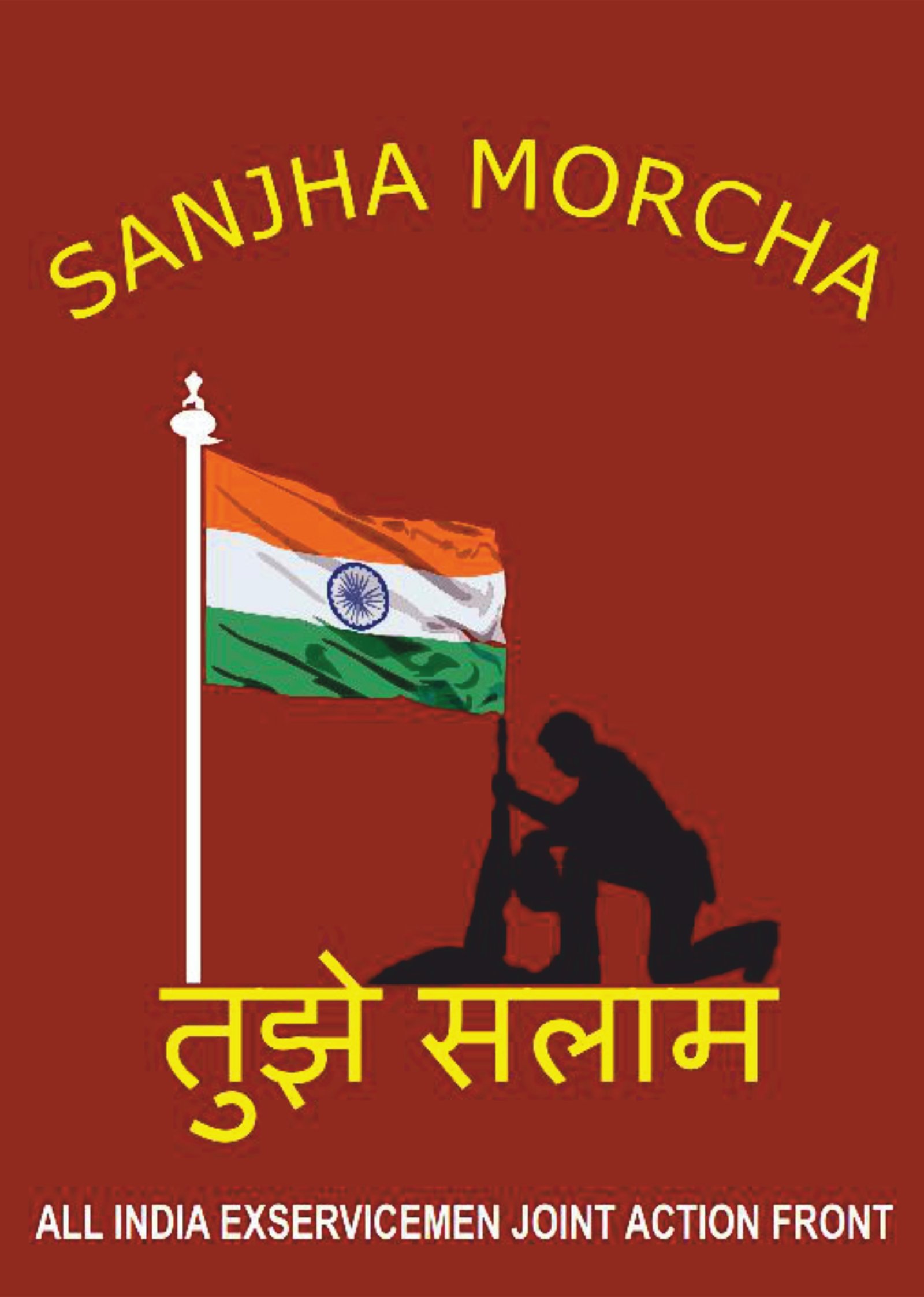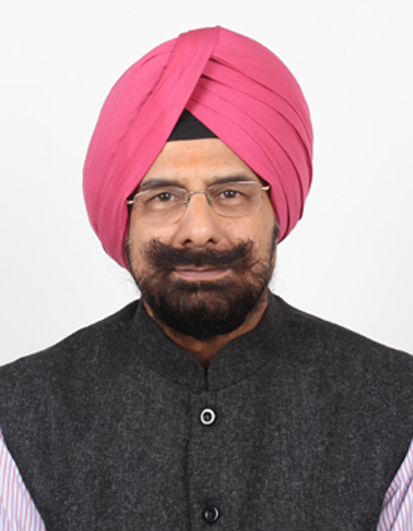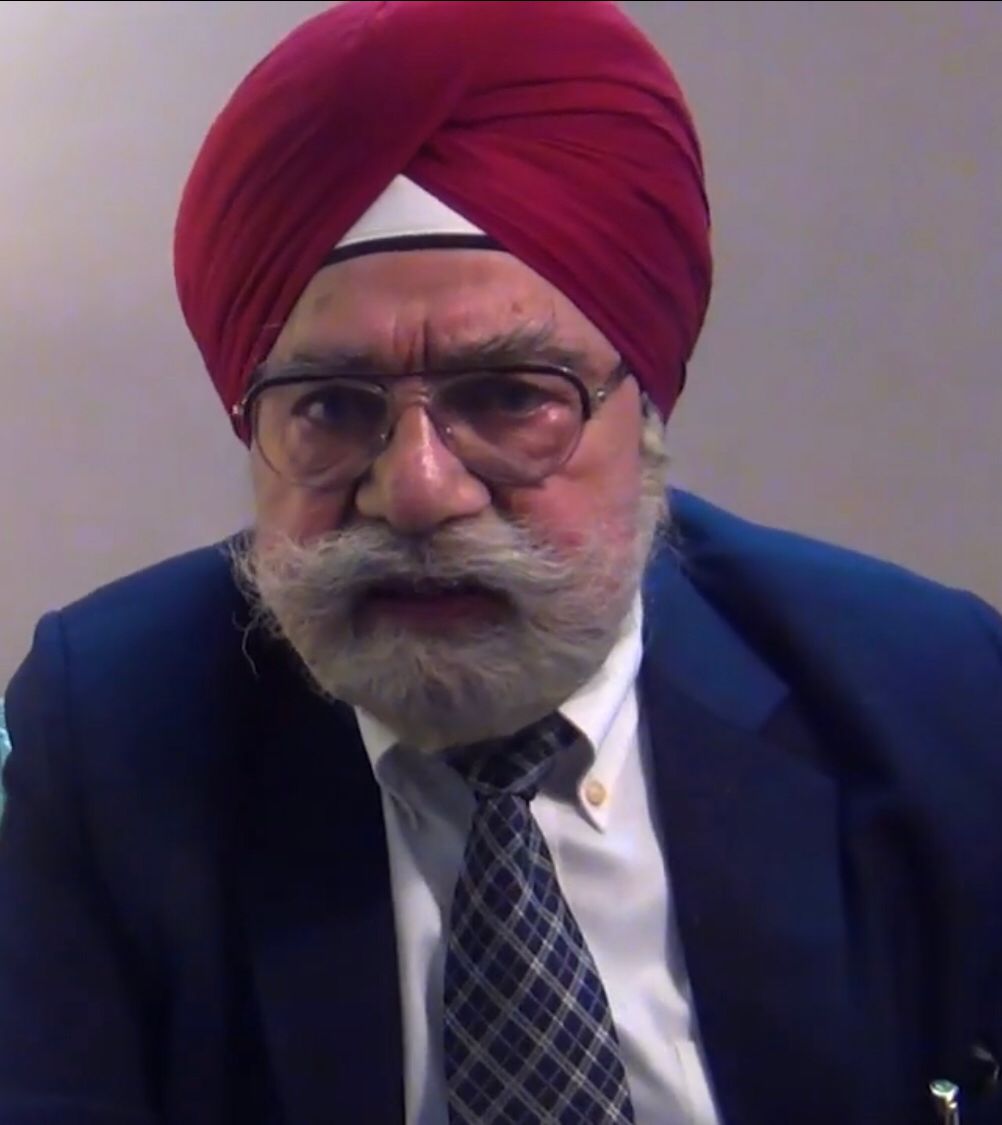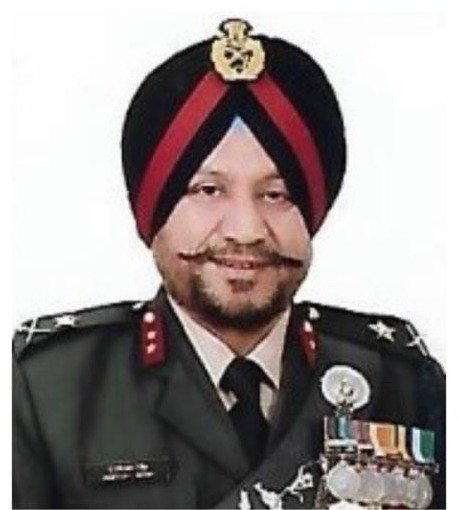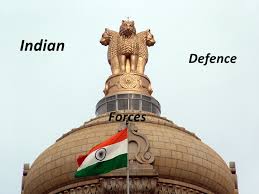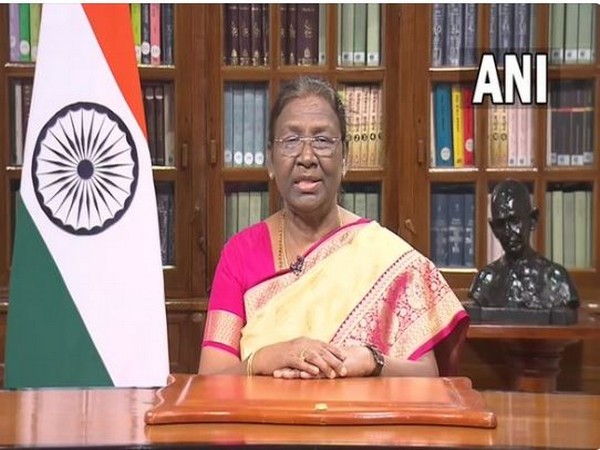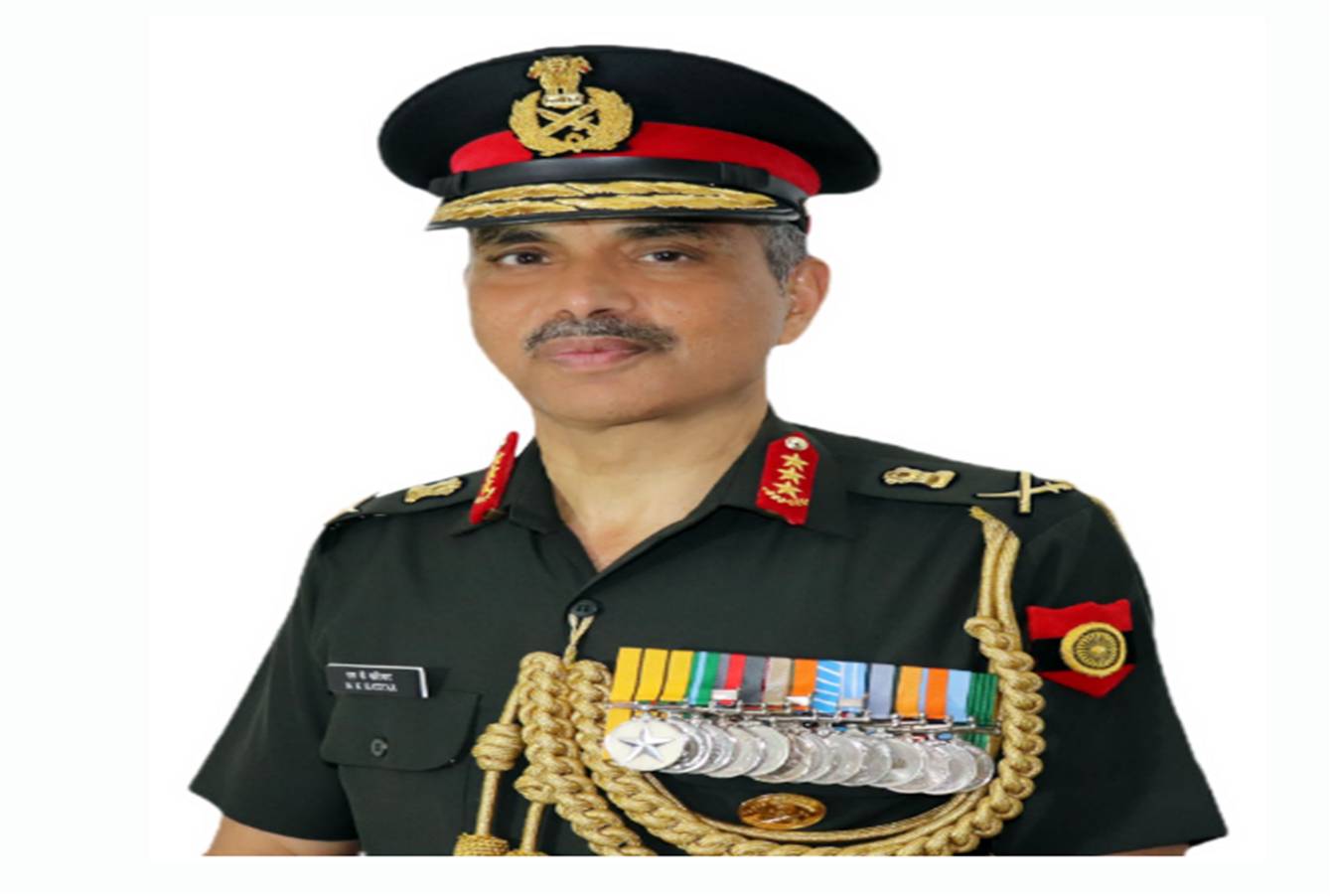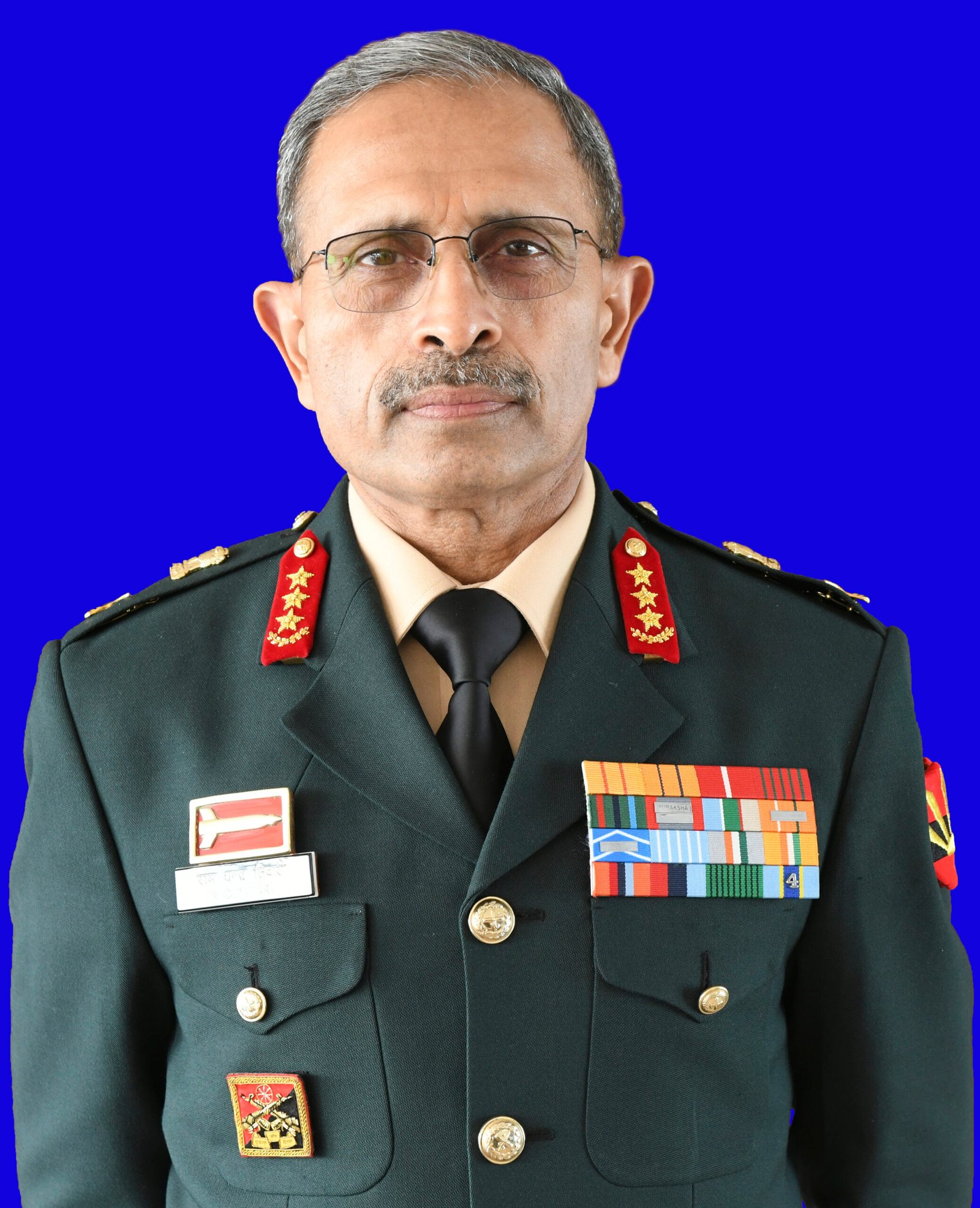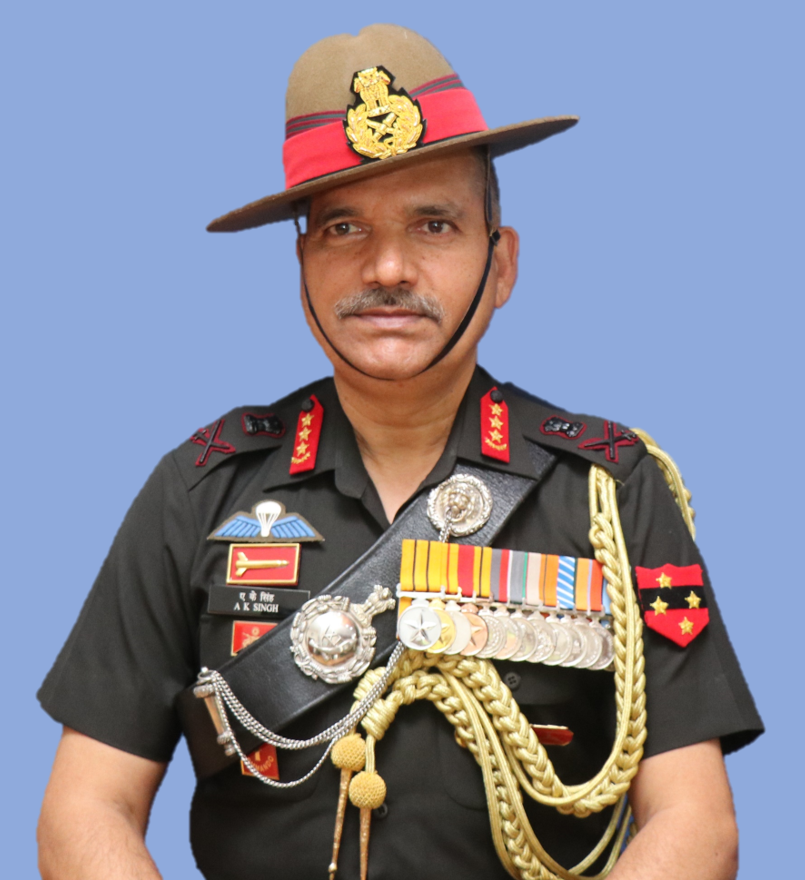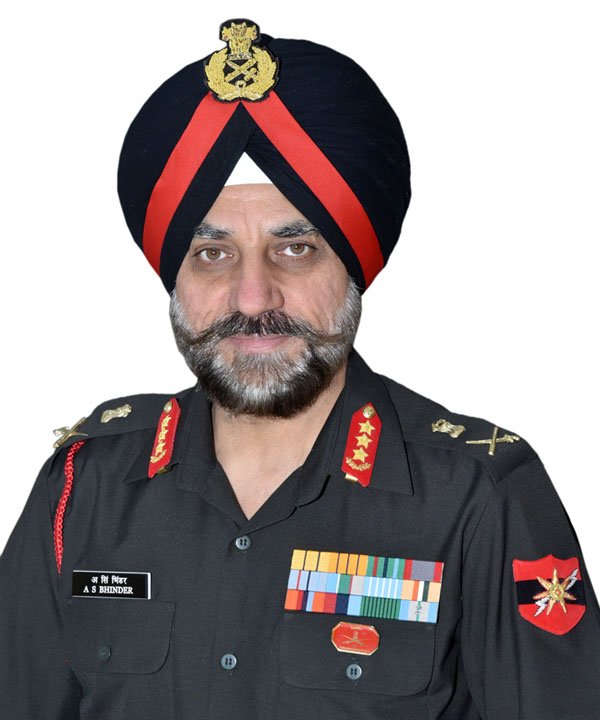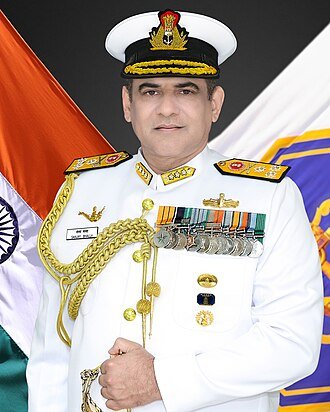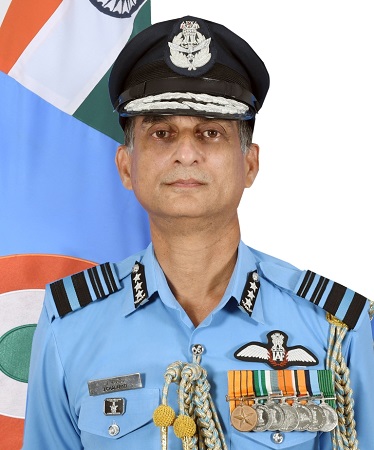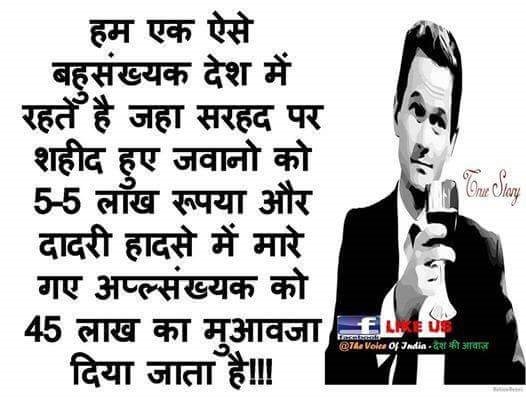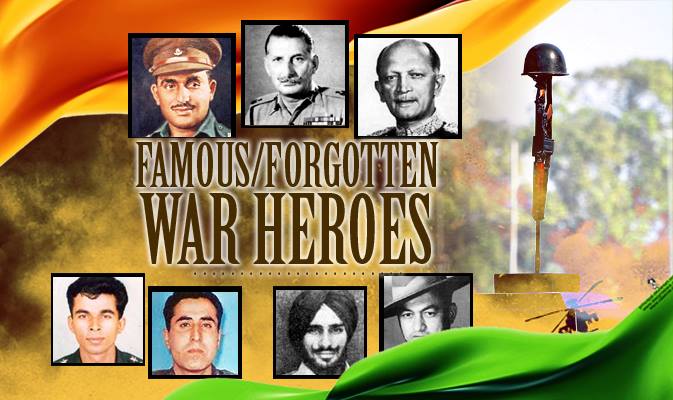“India’s actions of unilaterally changing the status quo of Kashmir and continuing to exacerbate regional tensions have posed a challenge to the sovereignty of China and Pakistan and made the India-Pakistan relations and China-India relations more complex,” Wang tweeted.

The spokesman of the Chinese embassy in Pakistan created a flutter in diplomatic circles by appearing to suggest the standoff between Indian and Chinese border troops was linked to New Delhi’s decision to scrap Jammu and Kashmir’s special status last year.
Wang Xianfeng, whose Twitter bio describes him as press officer at the Chinese mission in Islamabad, included in his tweet a link to an article by a scholar from an influential think tank affiliated with China’s ministry of state security or main intelligence agency, which also suggested a connection between the border tensions and the change in Kashmir’s status.
“India’s actions of unilaterally changing the status quo of Kashmir and continuing to exacerbate regional tensions have posed a challenge to the sovereignty of China and Pakistan and made the India-Pakistan relations and China-India relations more complex,” Wang tweeted.
People familiar with developments said Wang is responsible for liaising with the Pakistani media. Though the tweet could represent his personal opinion, this is the first time a Chinese official has sought to link the border standoff with the change in Kashmir’s status, including the creation of the union territory of Ladakh, which particularly angered China.
India and China are currently engaged through diplomatic and military channels for an “early resolution” of the border standoff after what Indian officials have described as a “limited military disengagement” along the Line of Actual Control (LAC) in Ladakh, the focus of the tensions.
When India scrapped Jammu and Kashmir’s special status on August 5 last year, the Chinese foreign ministry had issued two statements criticising the development, including one that focused on the splitting of the state into union territories.
This statement, while urging India to be “cautious” on the border issue and to avoid “actions that further complicate the border issue”, said: “China has always opposed India’s inclusion of Chinese territory in India’s administrative jurisdiction in the western part of the Sino-Indian border.” This was a reference to the area in Ladakh that New Delhi claims but is controlled by Beijing.wang’s tweet linked to the article by scholar Wang Shida of the China Institutes of Contemporary International Relations, which began by saying India had since last August “taken constant actions to unilaterally change the status quo of Kashmir and continued to exacerbate regional tensions”.
The article, titled “India blinded by ‘double confidence’”, said India’s move to change the status quo in Kashmir “constitutes a serious threat to regional peace” and “posed a challenge to the sovereignty of Pakistan and China”.
“On the Chinese side, India ‘opened up new territory on the map’, incorporated part of the areas under the local jurisdiction of Xinjiang and Tibet into its Ladakh union territory, and placed Pakistani-administered Kashmir within its so-called union territories of Jammu and Kashmir,” the article said.
“This forced China into the Kashmir dispute, stimulated China and Pakistan to take counter-actions on the Kashmir issue, and dramatically increased the difficulty in resolving the border issue between China and India,” it added.
The article noted that China’s foreign minister Wang Yi had conveyed his country’s position on these issues to external affairs minister S Jaishankar when he visited Beijing last year – that “India’s moves challenged China’s sovereign rights and interests and violated the agreement on maintaining peace and tranquillity in the border areas between the two countries”.
At the time, Jaishankar had informed the Chinese side that India’s action was a purely internal matter with no consequences for the country’s external boundaries.
Amitabh Mathur, a former special secretary in the Research and Analysis Wing (RAW), questioned the timing of the Chinese official’s tweet and said it underscored the complex issues involved in the ongoing standoff.
“It seems as if the Chinese are leaning on us and the situation isn’t as simple as some are making it out to be. It’s also strange that such a tweet emanated from a Chinese official in Islamabad. There is a Pakistani connection to it and it’s almost as if the Chinese are trying to reassure the Pakistanis,” he said.

